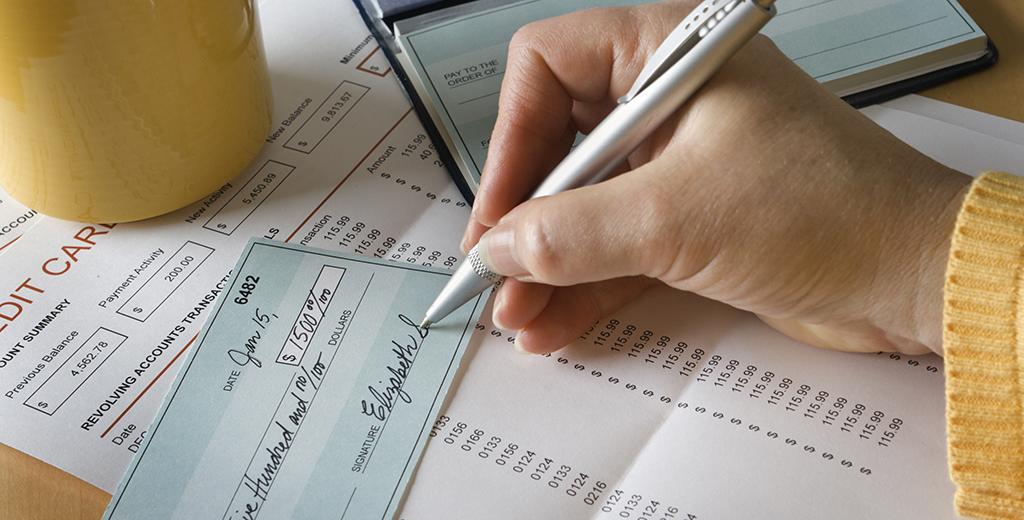10 Things You Didn't Know About Checking Accounts

After reading these interesting facts, you’ll never think about your checking account the same way again. These days, almost everyone has a checking account. To appreciate the convenience of modern checking, it helps to look at how it developed.
People Have Been Writing Checks for a Long Time
The earliest evidence of handwritten notes used to make payments comes from Rome, circa 350 BCE. But the evidence for banks goes back even farther, to Mesopotamia––the cradle of civilization.
Modern Checking Got Its Start on the Silk Road
For middle-eastern merchants, carrying huge sums of money was not only heavy and impractical, it was also dangerous. Caravans laden with gold made easy targets for highwaymen. These merchants used notes called Sakks to direct their banks to make payments on their behalf. During the Crusades, Europeans picked up this practice and brought it back home.
Bankers Used to Meet in Taverns to Exchange Checks
Clerks used to travel between banks with checks and large sums of cash to reconcile customer transactions. Financial folklore holds that this all changed when two clerks met by chance in an English pub, struck up a conversation over a mug of ale, and realized that they could settle the transactions between their two banks right then and there. By 1770, bank clerks from across London were all gathering at the Five Bells tavern to settle transactions, and the first centralized clearinghouse was born. Of course, the modern versions don’t serve ale.
Bank-Issued Checks Were Invented in the United States
Banking customers used to write their own hand-written IOUs, which could be easily forged. In 1762, British-born banker Lawrence Childs had the bright idea to print and issue his own checks to customers, which included serial numbers that made them harder to forge. Some believe the ability to check these serial numbers was the origin of the word “check.”
In America, Checks Predate Federal Paper Money
In the United States, nationally-redeemable paper money wasn't issued by the federal government until the Civil War. Before that, states and even banks issued their own currencies and the federal government only issued money in the form of coins.
The Signature Line on Checks Isn’t Actually a Line
Look close. The signature line on most checks is actually a series of words repeated over and over again. Usually, the words are something like “Original Document” or "Authorized Signature” printed extra small to prevent forgeries.
The First ATM Cards Were Radioactive
The very first ATM machines, which were invented in 1967, used radioactive isotopes instead of cards with magnetic strips for making withdrawals. Maybe not the best thing to be carrying around in your pocket. But once cards with magnetic strips were invented, the popularity of ATM machines made checking accounts that issue debit cards the new standard.
The First Debit Cards Were Exclusive
The first debit card was issued by the First National Bank of Seattle in 1978 to business executives with large savings accounts. These debit cards acted similar to a check, where the bank promised the funds would cover a transaction without customers needing a check to complete that transaction. Debit cards were therefore only issued to those with long, reputable relationships with the bank because much like a check, funds were not immediately removed from the account.
Debit Cards Didn’t Surpass Checks in Popularity Until 2003
These days, Americans have a choice of payment methods ranging from phone apps to wearable devices to debit cards and checks. While debit cards currently reign supreme, it took 37 years for the convenience of swiping a debit card to surpass check writing as our favorite payment method.
Some Inventions Take an Act of Genius. Remote Check Deposits Took an Act of Congress
The 2004 Check Clearing for the 21st Century Act made it legal to deposit checks remotely by snapping a photo with your smartphone. The act was passed to protect the economy in the event of a disaster that makes travel impossible. But it’s also significantly improved the convenience and capabilities of online banking and checking accounts.
In the Future, We May Not Carry a Wallet at All
Mobile payment methods are beginning to gain ground on debit cards. Nearly 50% of Americans said that they used a mobile wallet. As more retailers begin to accept mobile payment methods, digital wallets are sure to gain ground.
Now that You’ve Read Some Interesting Facts, Get a Checking Account with Amazing Features
Whether you’re looking for the latest features like using your smartphone to pay bills, or you want the peace-of-mind of identity and fraud monitoring, Bank of Colorado offers a variety of Checking Account options to meet your needs. Apply online today.